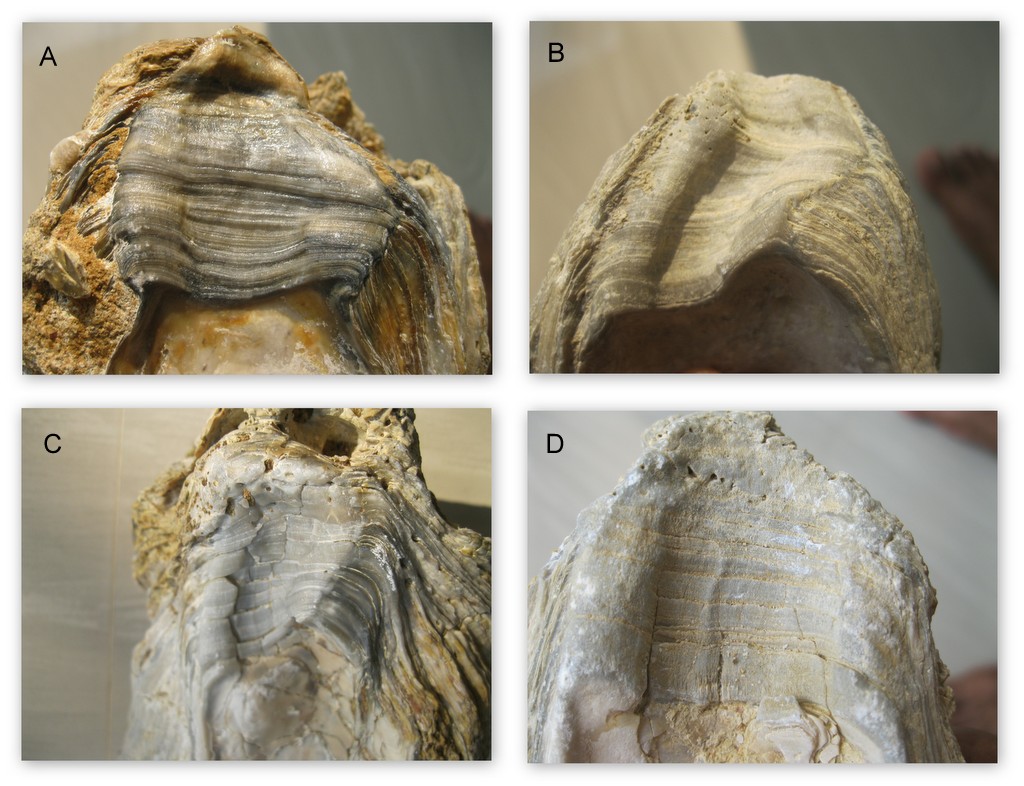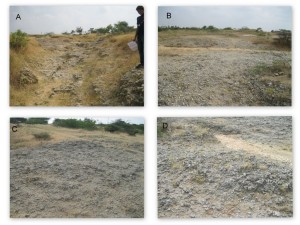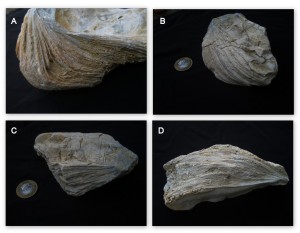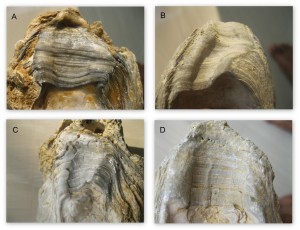
Living oysters of Crassostrea Sp. are abundantly found on the east coast of peninsular India. Most of the living Crassostrea sp. is reported from Athankarai estuary near mandapam. The primary object of this study is to report the occurrence of fossils of Crassostrea sp. belonging to mio-pliocene outcrops from an ephemeral stream channel of Nambiyar/Thoppuvila River up to Attankarai Pallivasal, Tirunelveli dist, Tamil Nadu, India. The present study focuses on revealing the nature of a vast paleo-estuary that had existed on the foothills of the southern end of the Western Ghats during the Mio-Pliocene age. The authors had studied the taphonomical features of Crassostrea Gigantissima Sp. and analyzed the adaptation features like heaviness and foliated nature of the shell and orientation of oyster colonies for survival. The predatory signatures on the fossil specimens indicate traces of a well flourished saline tolerable environment that resembled an ideal estuary subjected to high energy disturbances. The chalky calcareous deposits found throughout the study area could have acted as an accelerating agent for the thick, foliated and heavy calcite shells of C. Gigantissima Sp. The author proposes a vast paleo-estuary with an area of around 460 km2 during the mio-pliocene age and the remnants present today is the result of an abrupt regression due to uplift which could have taken place in this area.

(A) Nambiyar/Thoppuvila River main channel (B) Extent of proposed paleo-estuary (C) SRTM Geospatial representation of study area (D) Possible water channels in Study area
Citation: International Journal of Advanced Earth Science and Engineering 2014,VOLUME 3, ISSUE 1,pp.129-142,
Research Article link: http://scientific.cloud-journals.com/index.php/IJAESE/article/view/Sci-198



 July 26th, 2014
July 26th, 2014  Riffin
Riffin 



 Posted in
Posted in  Tags:
Tags: 